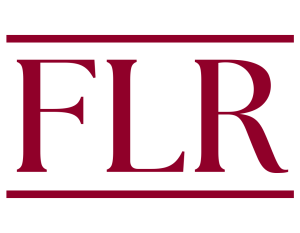The Freedom of Information Act (FOIA) creates a judicially enforceable right to access almost any record that a federal agency creates or obtains. Its crafters aimed to strike a careful balance in promoting disclosure of government records to increase transparency while still protecting the confidentiality of certain information. Although any person can request an agency record, FOIA’s nine exemptions allow agencies to withhold records if certain conditions are met. 5 U.S.C. § 552(b)(5) permits agencies to withhold “inter-agency or intra-agency memorandums or letters” that would normally be privileged in civil discovery. Through this exemption, Congress sought to prevent FOIA from circumventing discovery and to protect the quality of agency decisions by keeping internal policy discussions confidential. Much of Exemption 5’s precedent has focused on the privileges that it incorporates. But, as the U.S. Supreme Court held in U.S. Department of the Interior v. Klamath Water Users Protective Ass’n, to be properly withheld, a record must still meet the independent, “threshold” requirement of being inter- or intra-agency.
Although FOIA defines “agency,” it does not define what records are “inter-agency or intra-agency,” causing diverging interpretations in lower courts. This Note examines that precedent and advocates for a narrower interpretation of inter- or intra-agency than most circuits have adopted. Instead of allowing communications and records from outside consultants or private litigants shared with agencies to qualify for Exemption 5 via judicially created tests, this Note argues that FOIA’s text and purpose are better served by generally limiting the exemption to the Executive Branch. Such a result accords with recent Supreme Court FOIA precedent and the existing regime of administrative transparency laws overseeing outside influence on federal agencies.

